In the 1980s, New York City was a wild and chaotic place. The city streets were filled with noise, graffiti, and crime. Amidst all this, one object stood out as a symbol of the era: the boombox.
Boomboxes were large, portable radios that could play music at very high volumes. They were like mobile jukeboxes, and people carried them everywhere. These devices became a part of everyday life in New York City, blasting music from street corners, parks, and subway platforms.
Life with Boomboxes
Carrying a boombox was not an easy task. They were heavy and required a lot of batteries. Some boomboxes needed up to 20 D-cell batteries to keep playing music all day. This made the boombox an expensive hobby, as the cost of batteries added up quickly. But for many, it was worth it to share their music with the world.
The music playing from boomboxes was usually loud and energetic. Disco and hip-hop were the most popular genres. These were the sounds that filled the air, giving the city a unique soundtrack. It wasn’t common to hear other types of music, like classical or country, coming from a boombox. The focus was on beats and rhythms that could get people moving.
Read more
Boombox Culture
Boomboxes became a symbol of street culture in New York City. They were often seen with breakdancers and graffiti artists, who used music as a backdrop for their art. The loud music created an atmosphere that was lively and exciting, drawing crowds and encouraging public performances.
People who owned boomboxes took pride in their machines. They were often decorated with stickers or painted in bright colors. Some people even customized their boomboxes with extra speakers or flashing lights. It was a way to stand out and show off personal style.
The popularity of boomboxes also led to some conflicts. Not everyone appreciated the loud music, especially in public spaces like parks or subway cars. The noise could be overwhelming, and some people found it annoying. This led to debates about where and when it was appropriate to play music so loudly.
Technological Advancements
As the 1990s approached, new technology started to change the music scene. The Walkman, a small, portable cassette player with headphones, became very popular. It allowed people to listen to their music privately, without disturbing others. This was a big shift from the boombox, which was all about sharing music in a very public way.
Despite this change, some people still preferred the boombox. There was something special about the shared experience of listening to music with friends in public spaces. The boombox was more than just a way to play music; it was a social tool that brought people together.


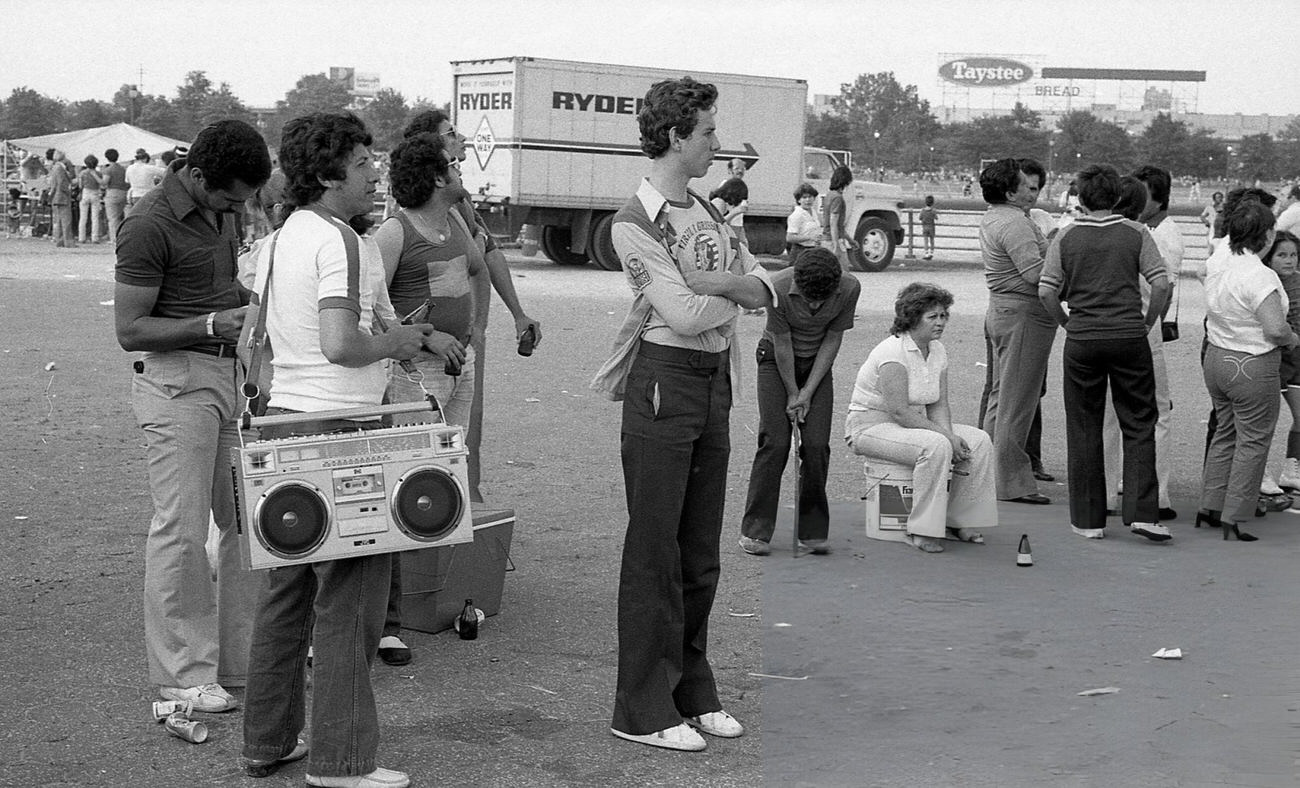
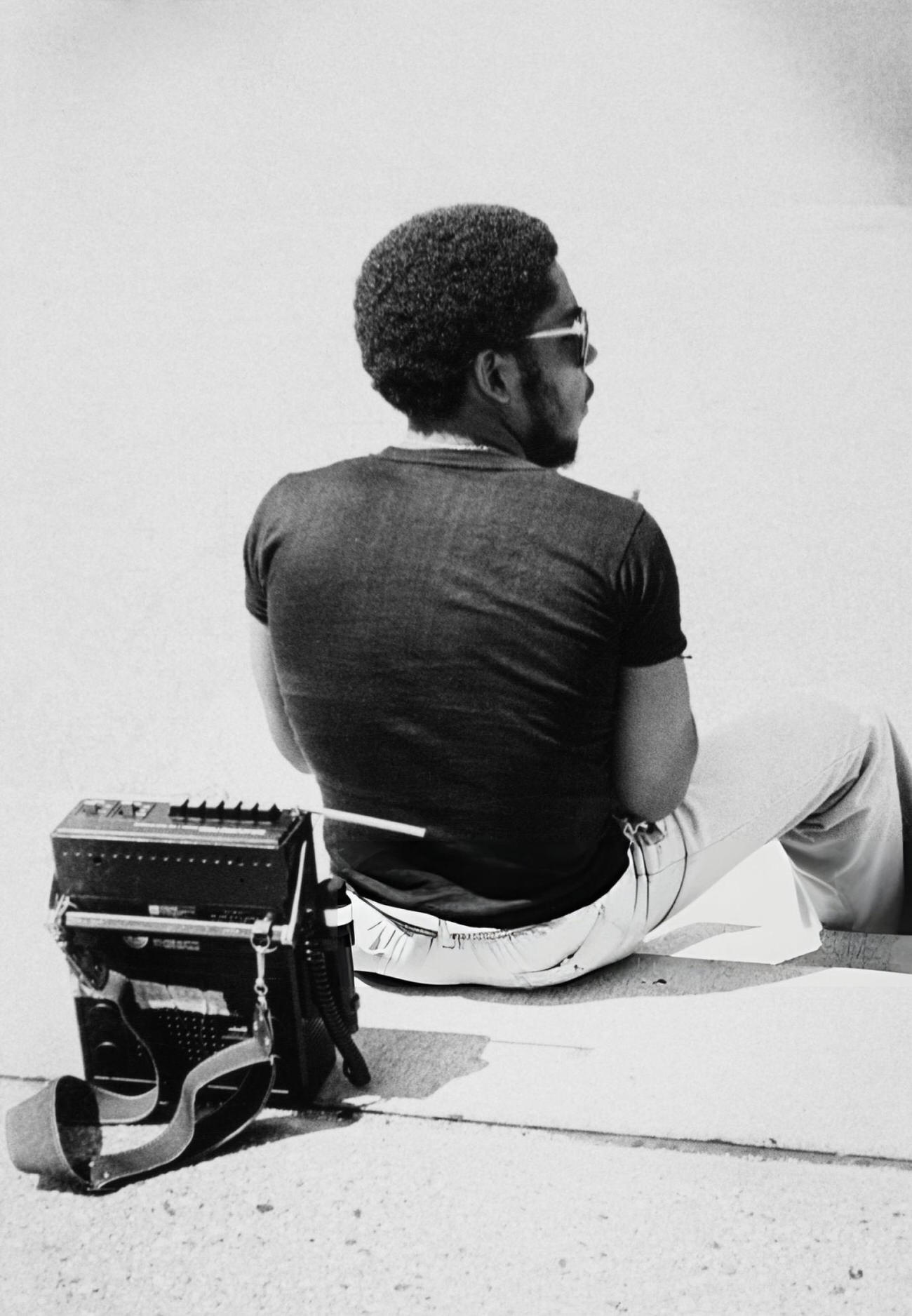
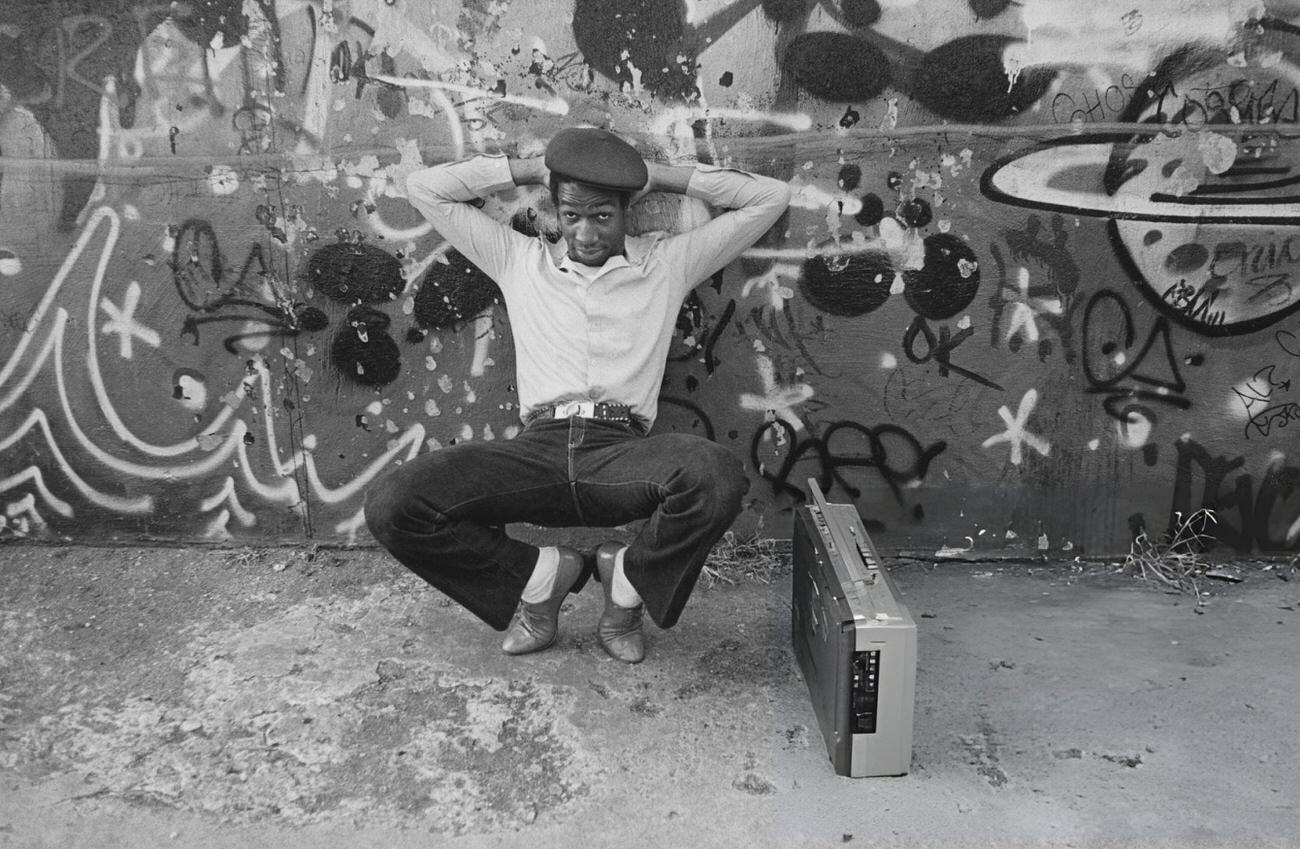
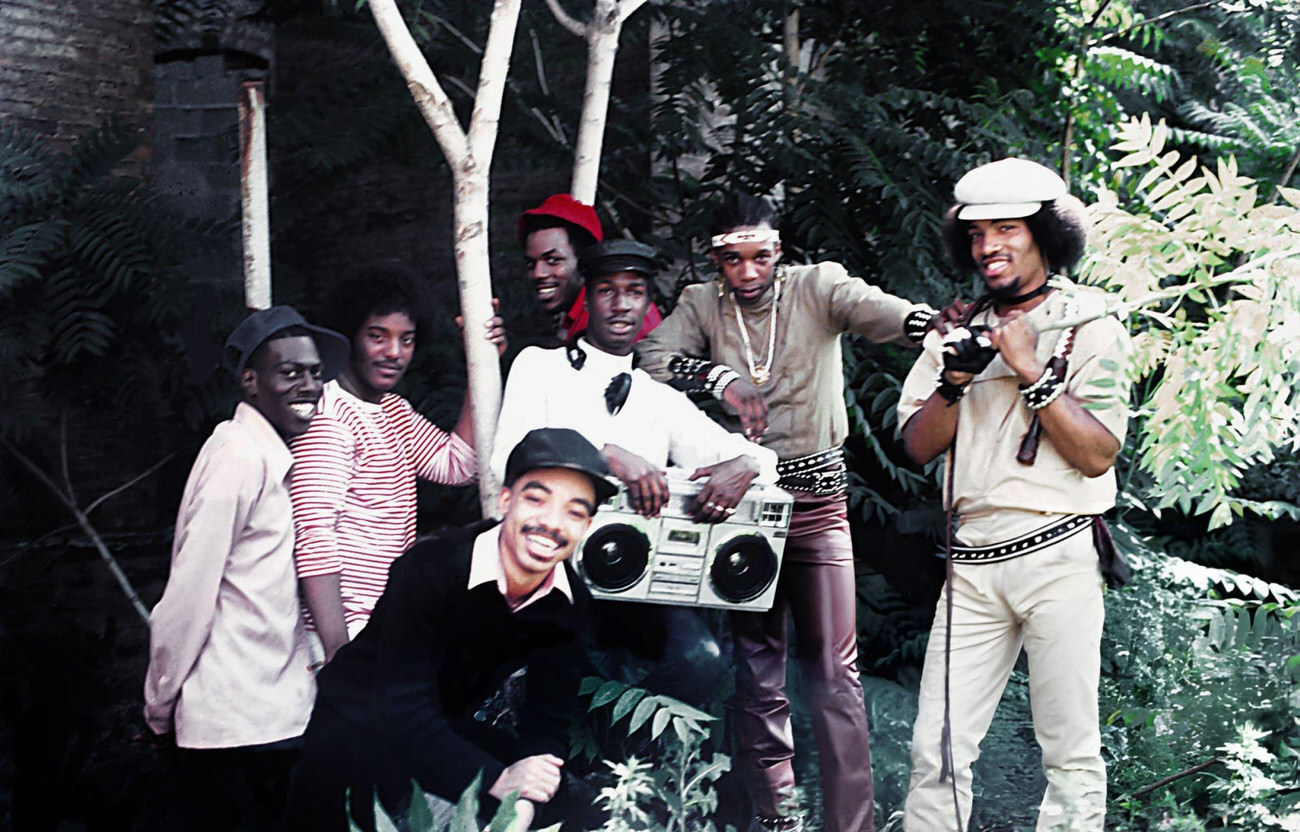
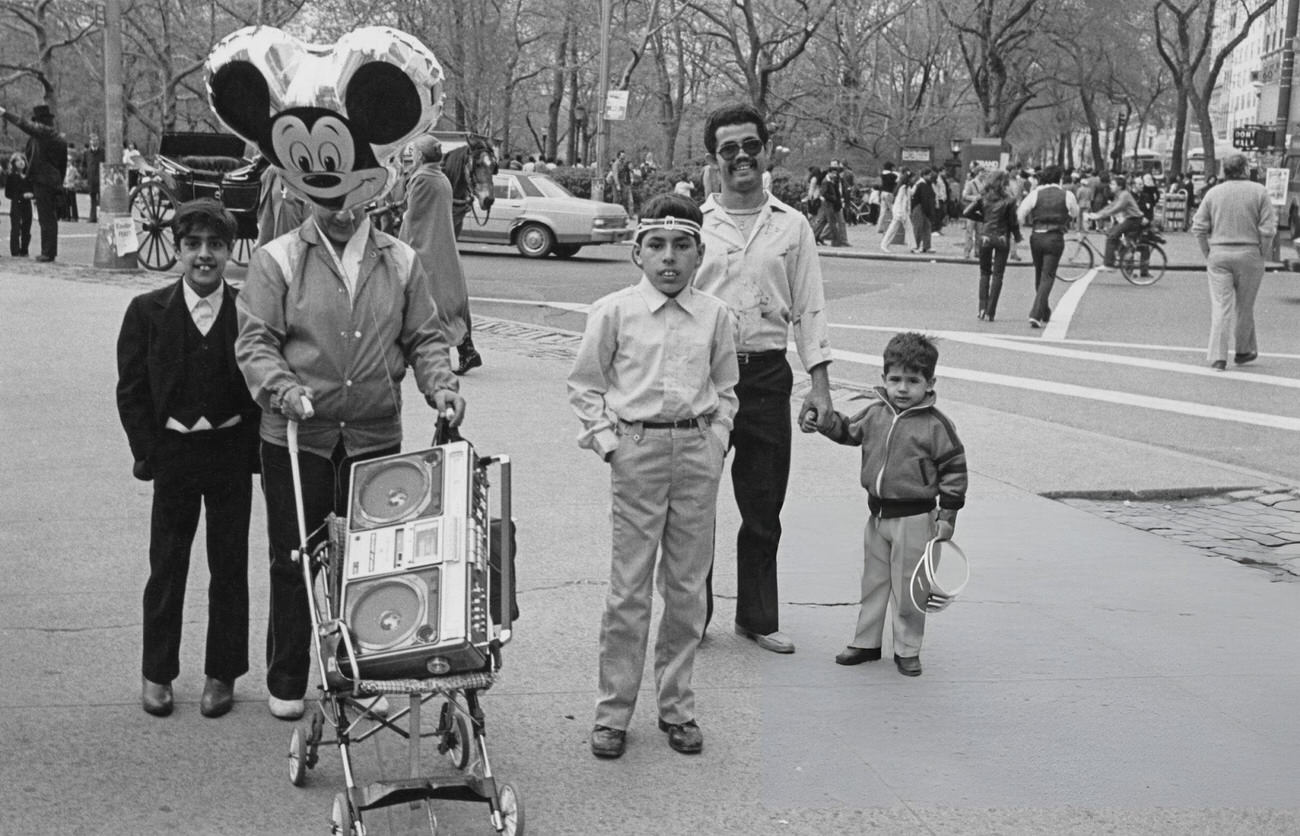
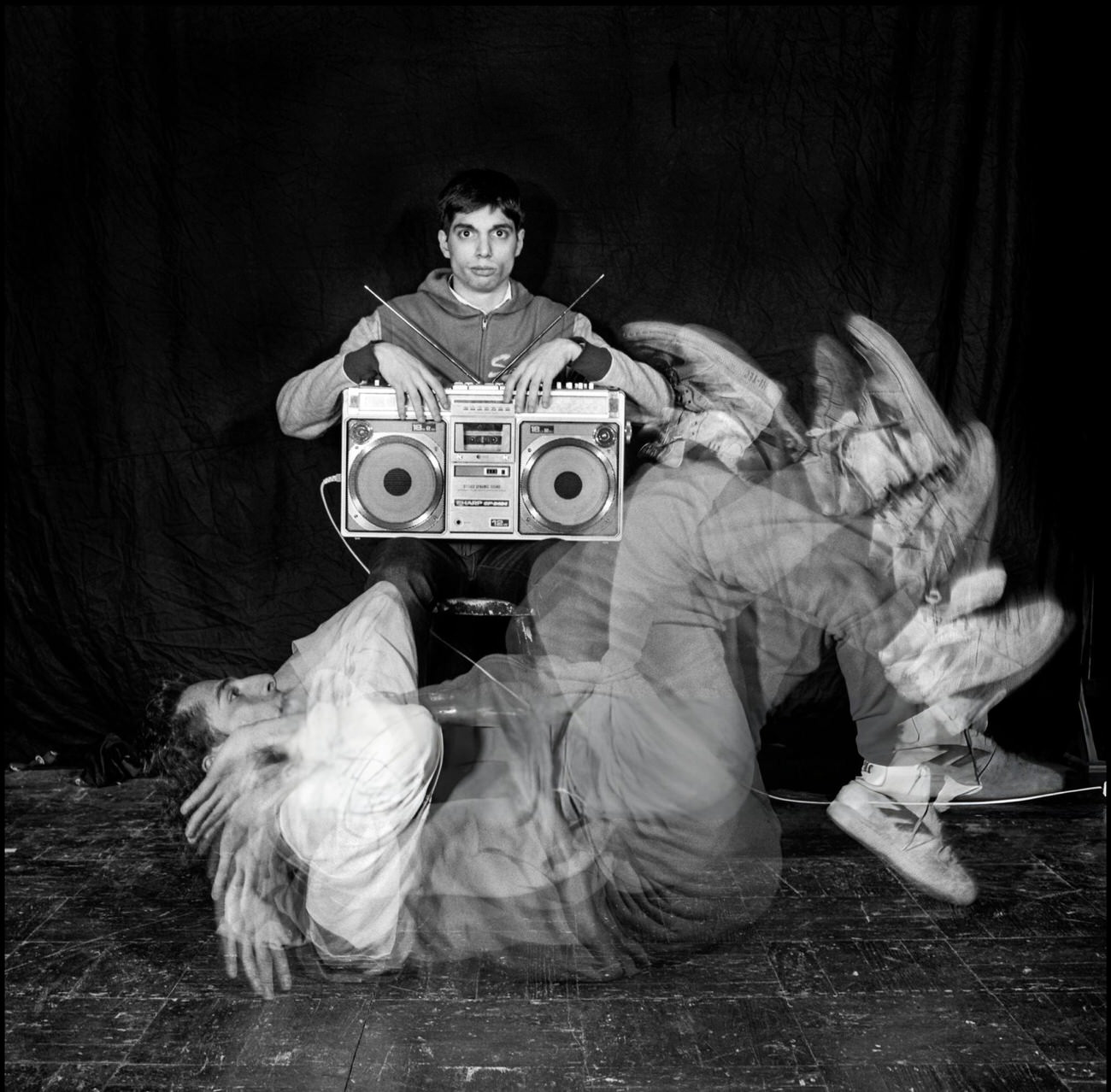
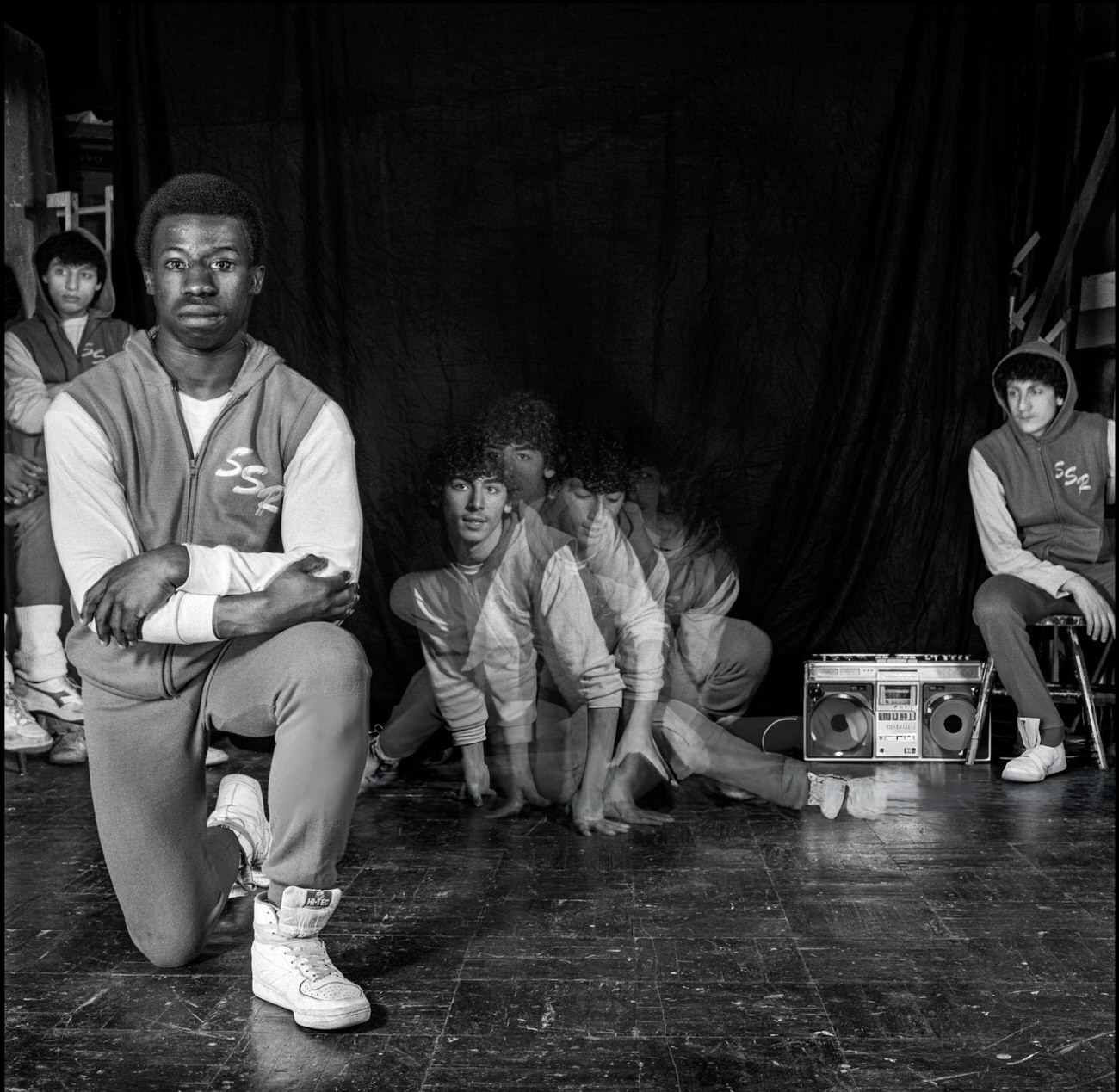
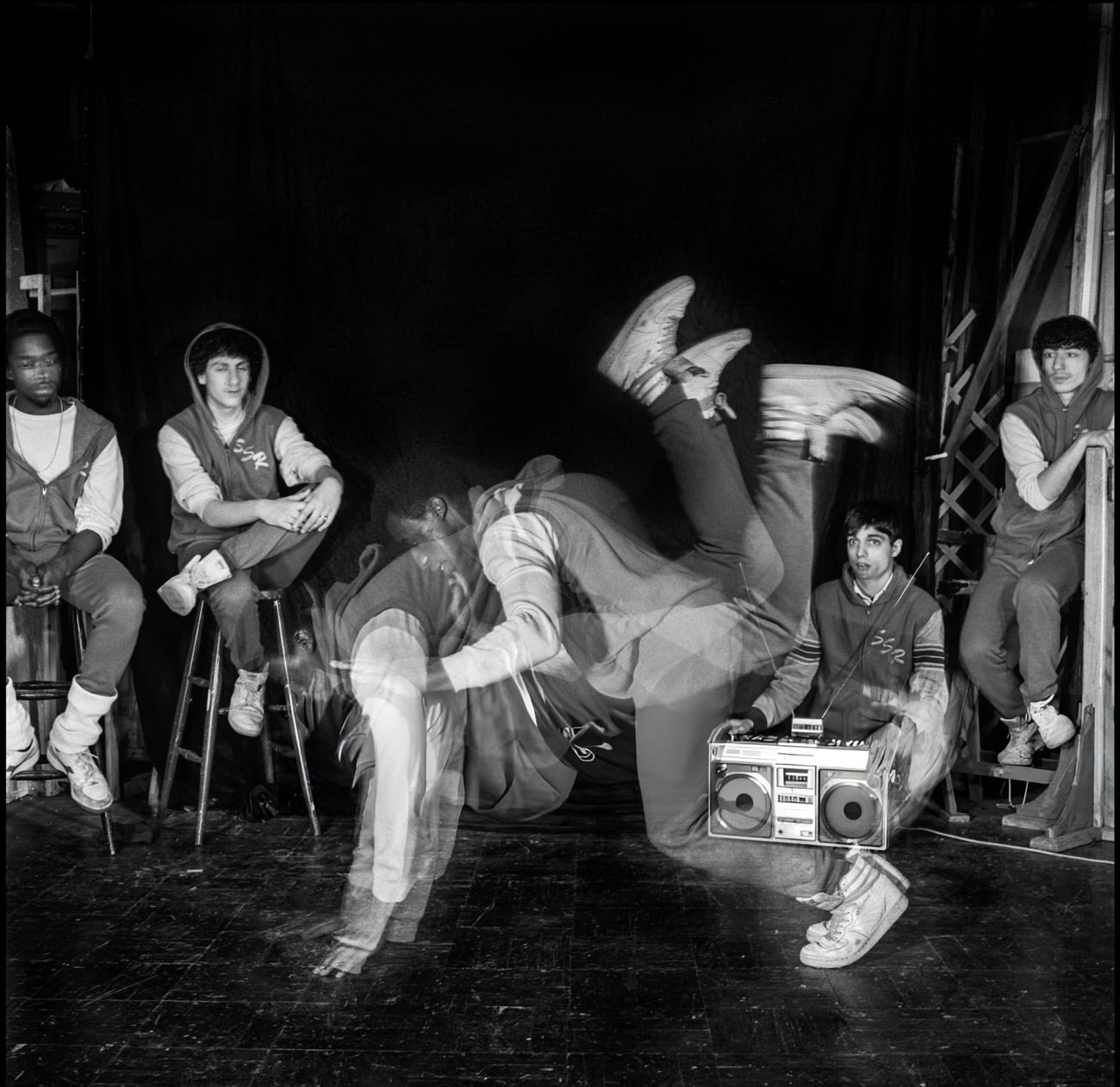
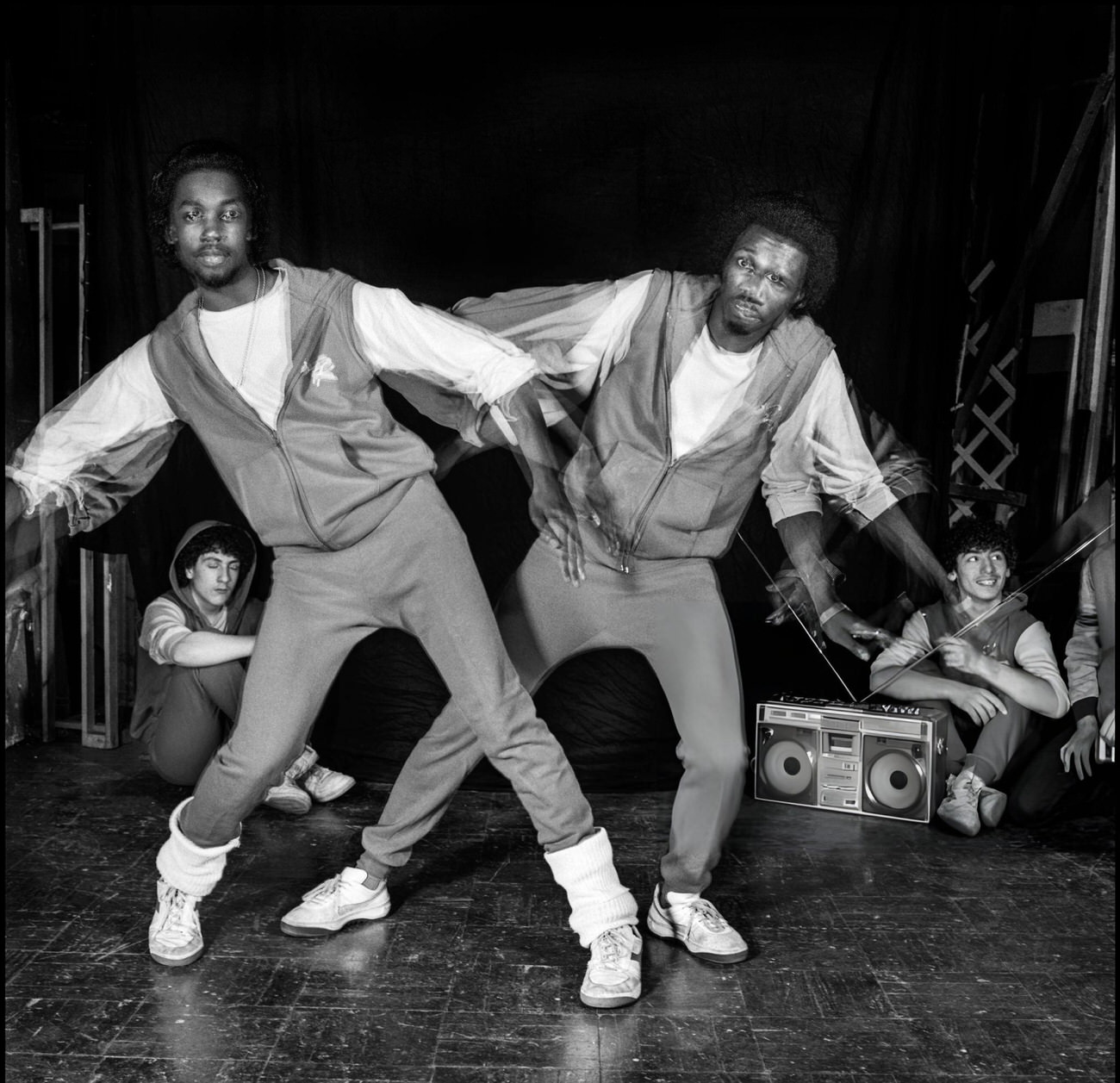
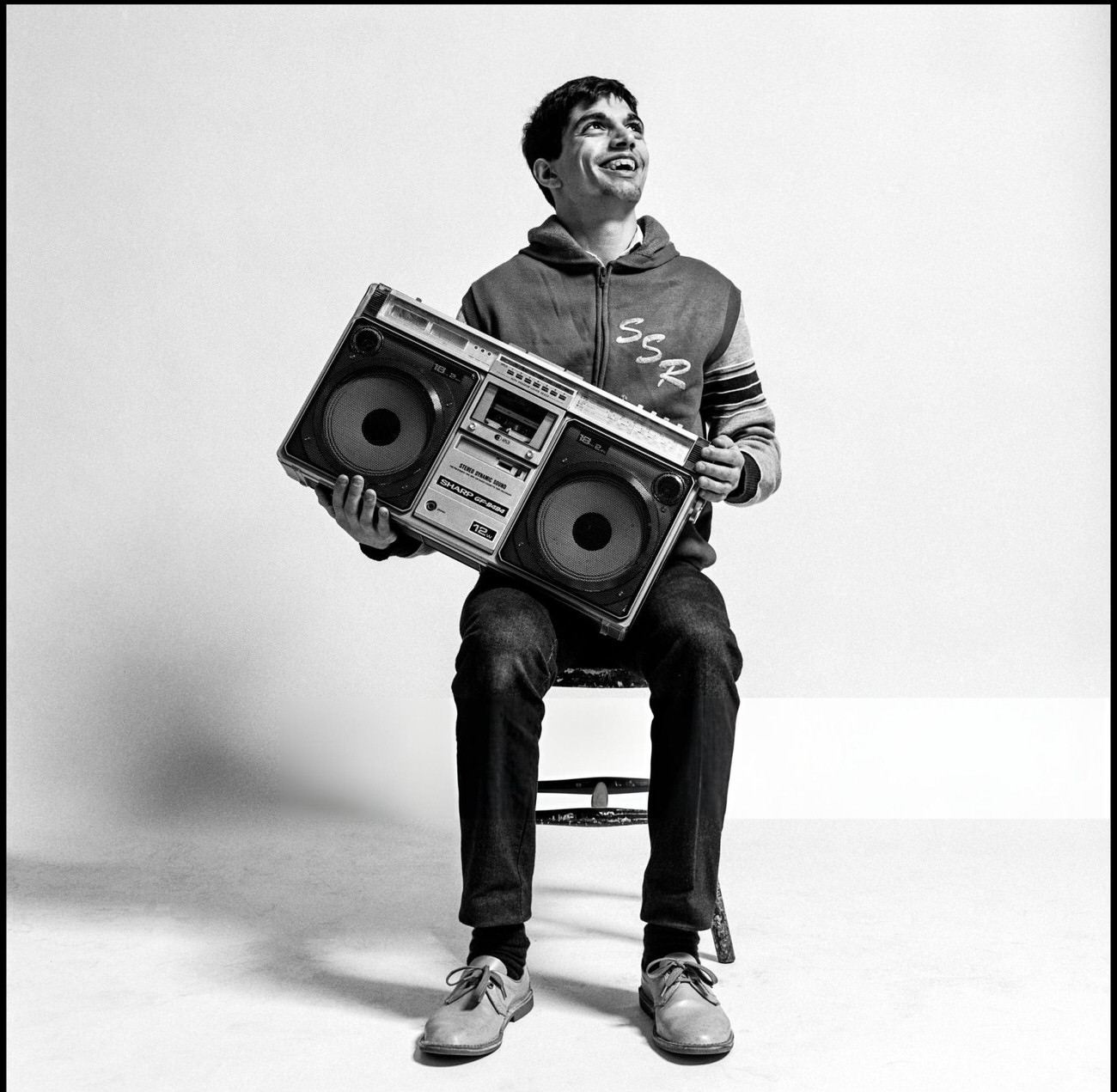
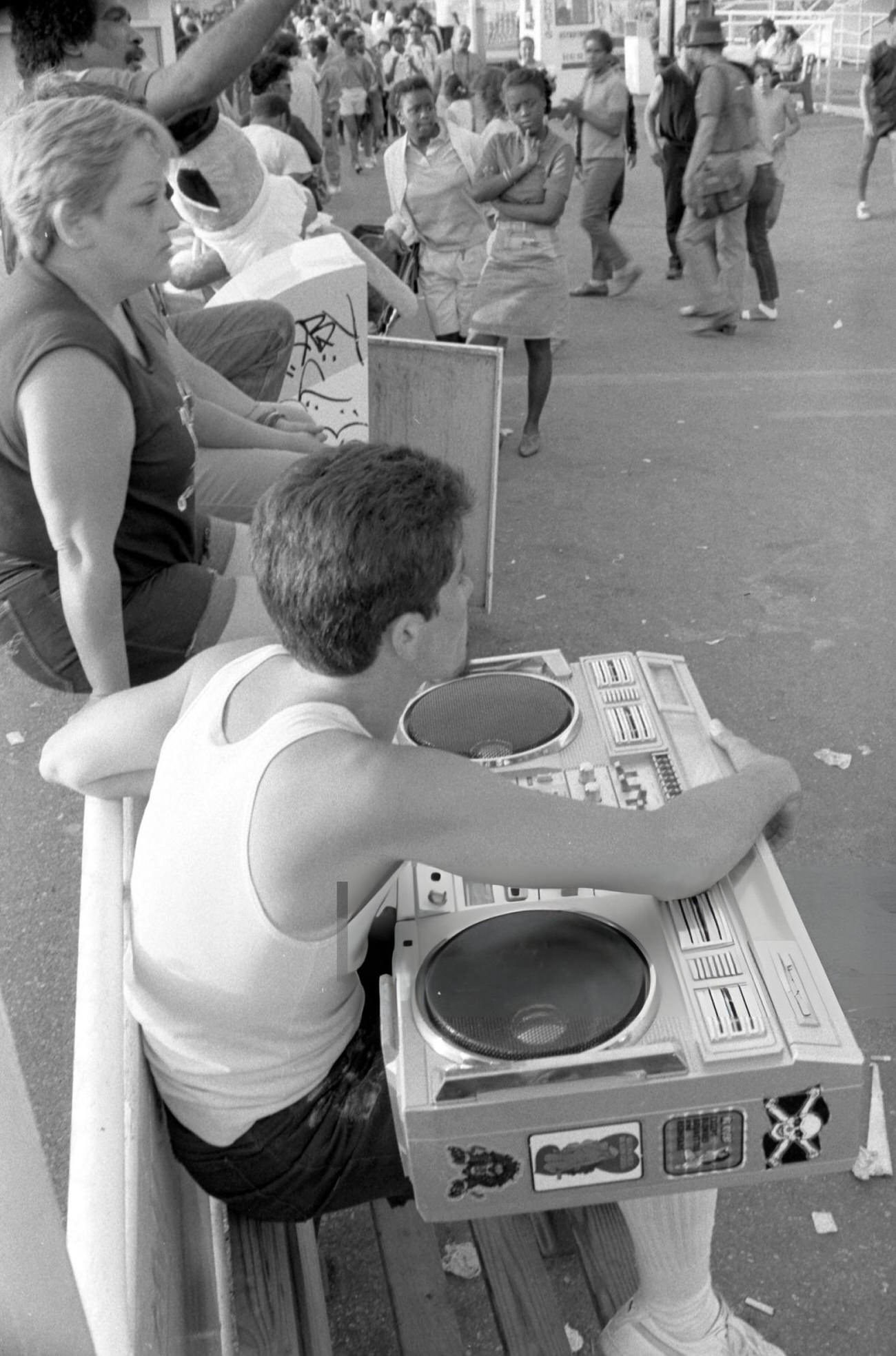
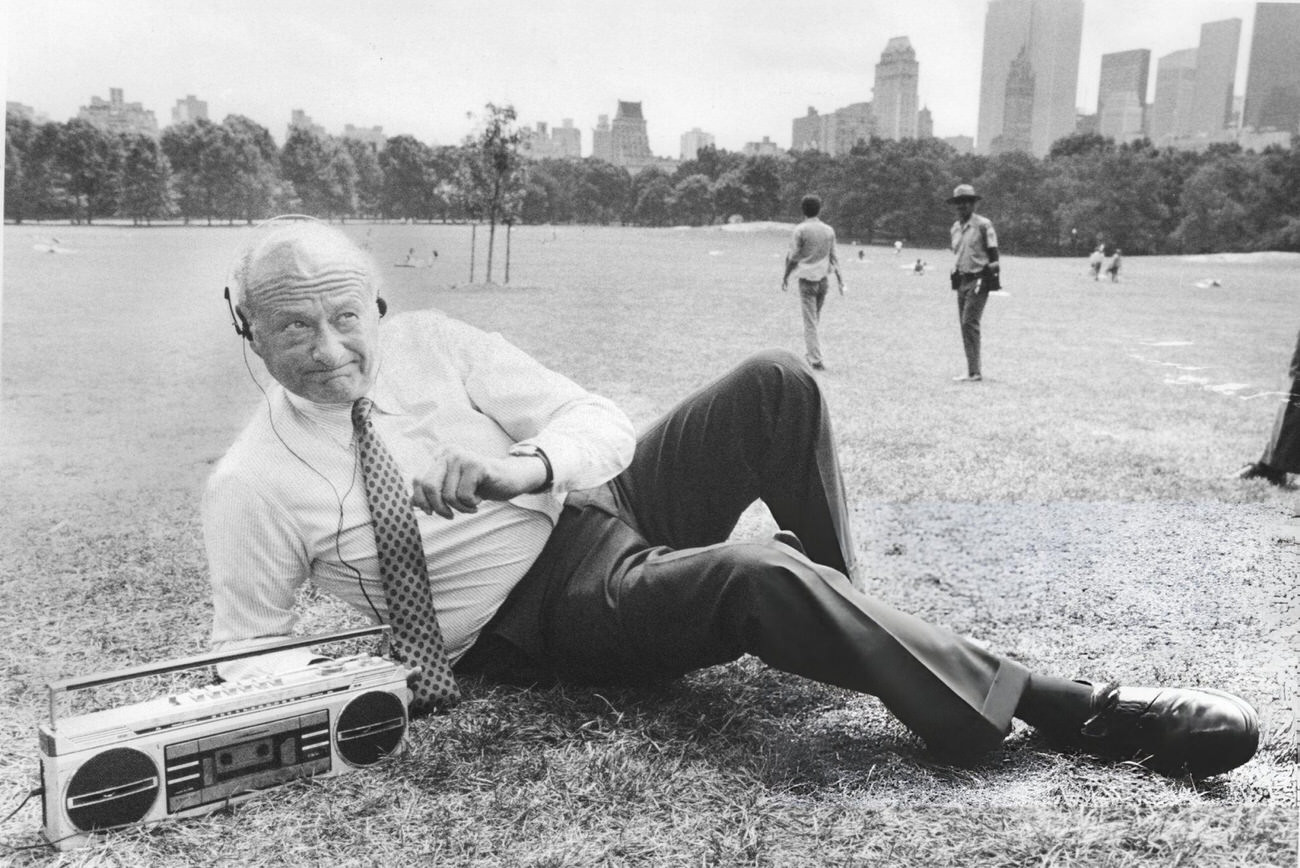

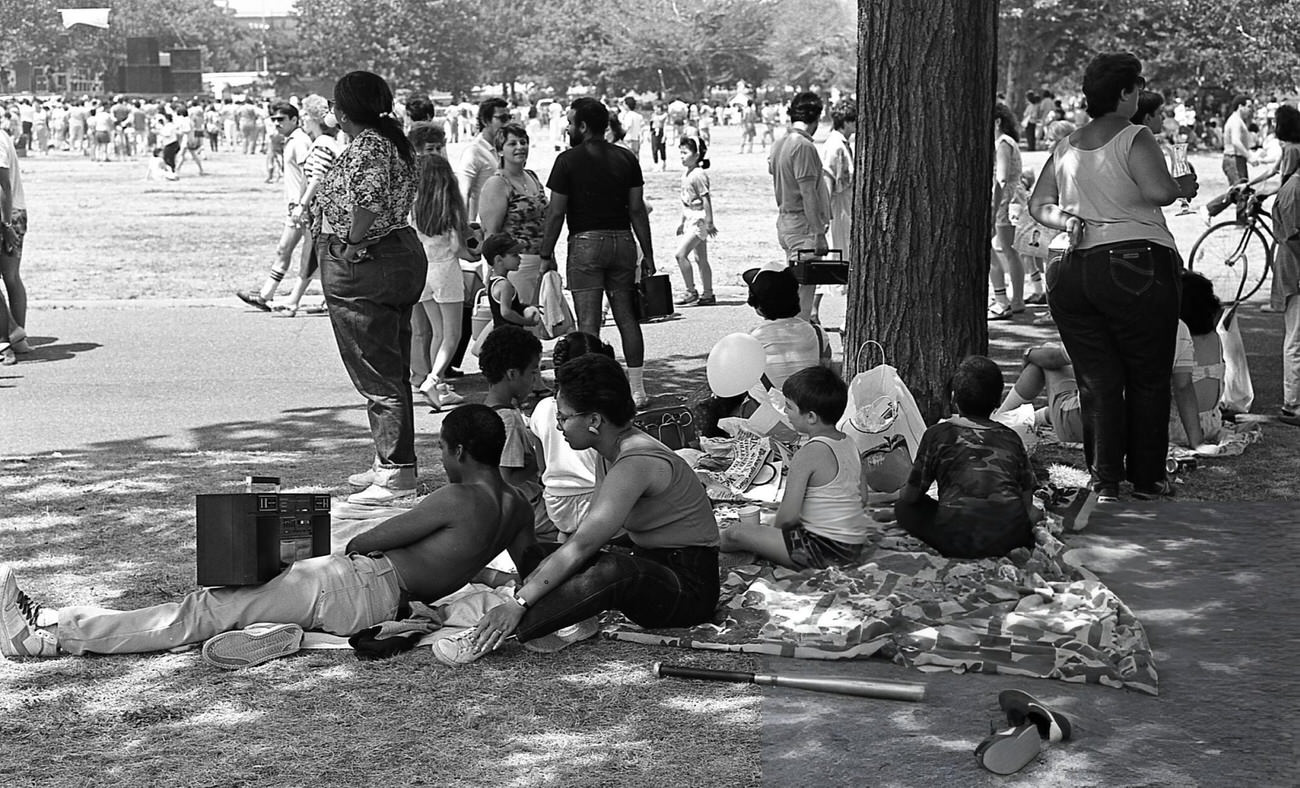
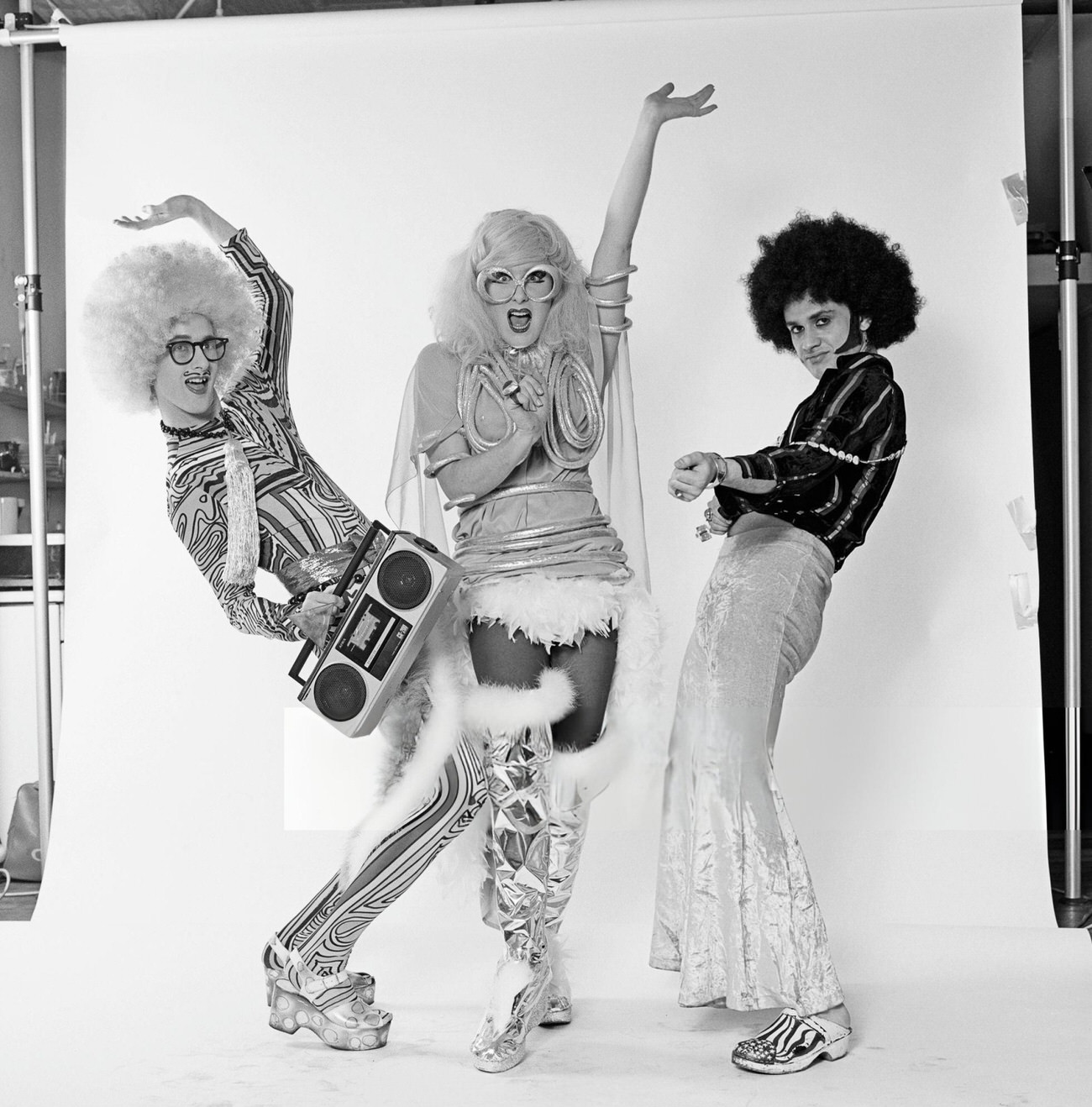
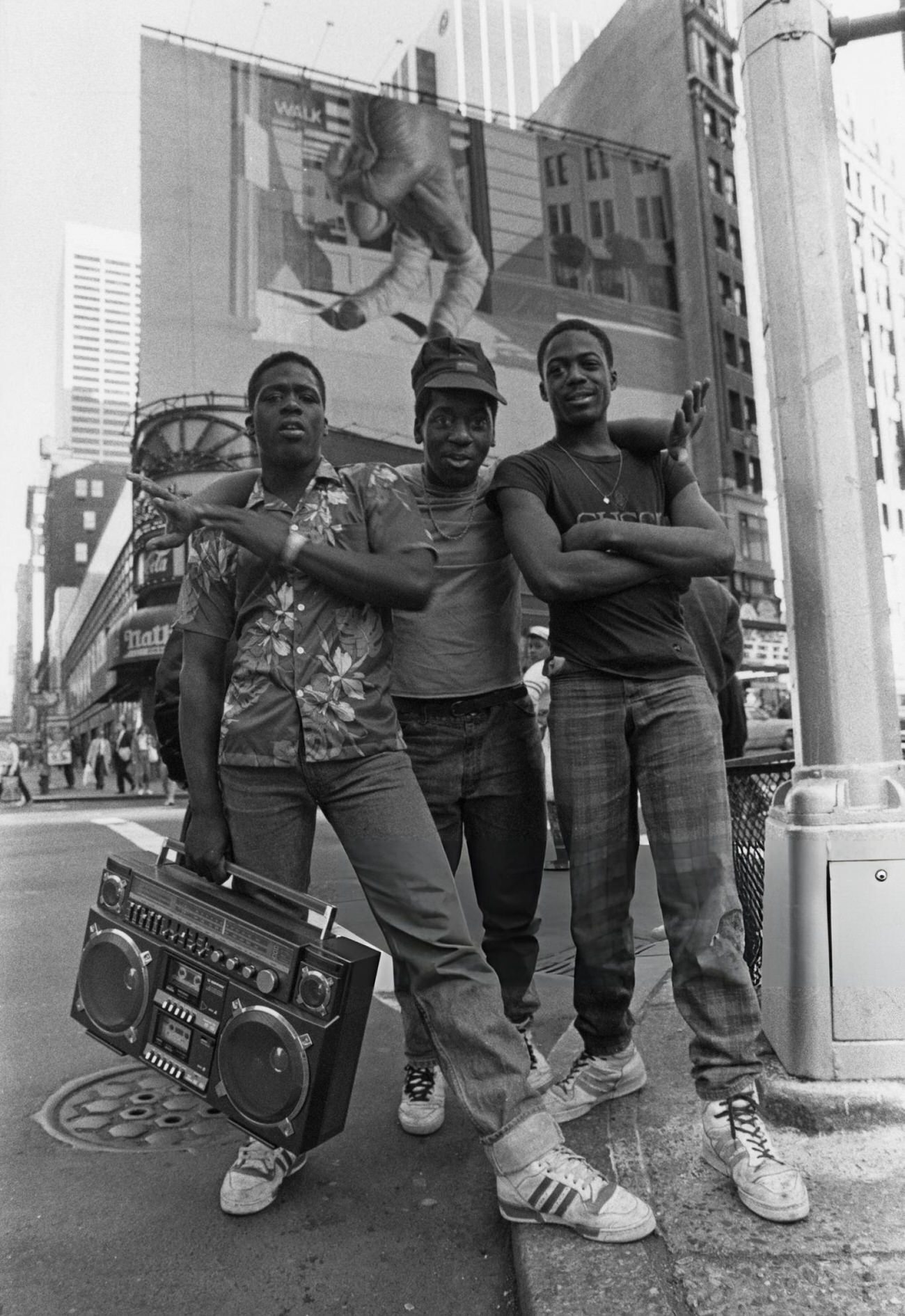
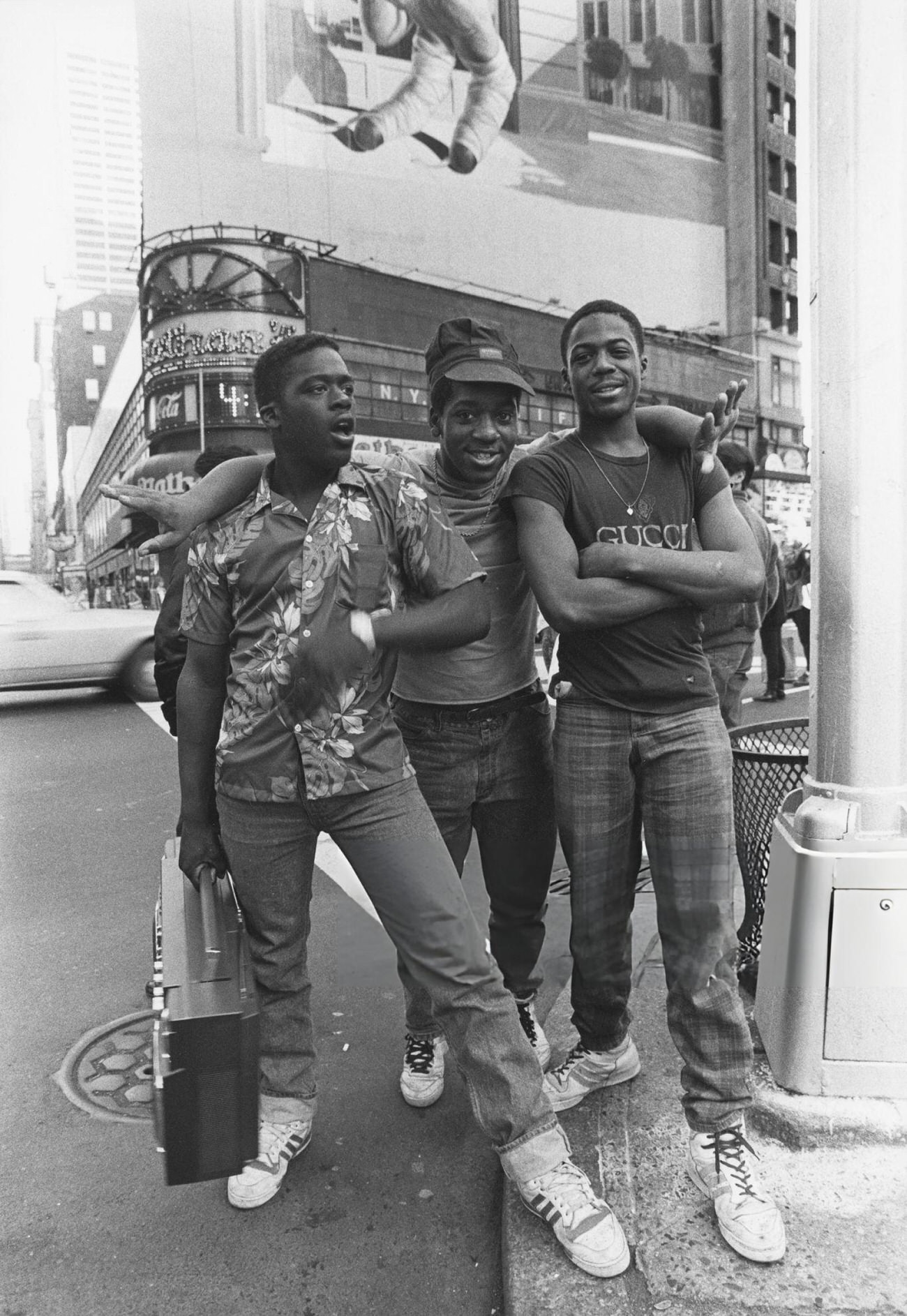
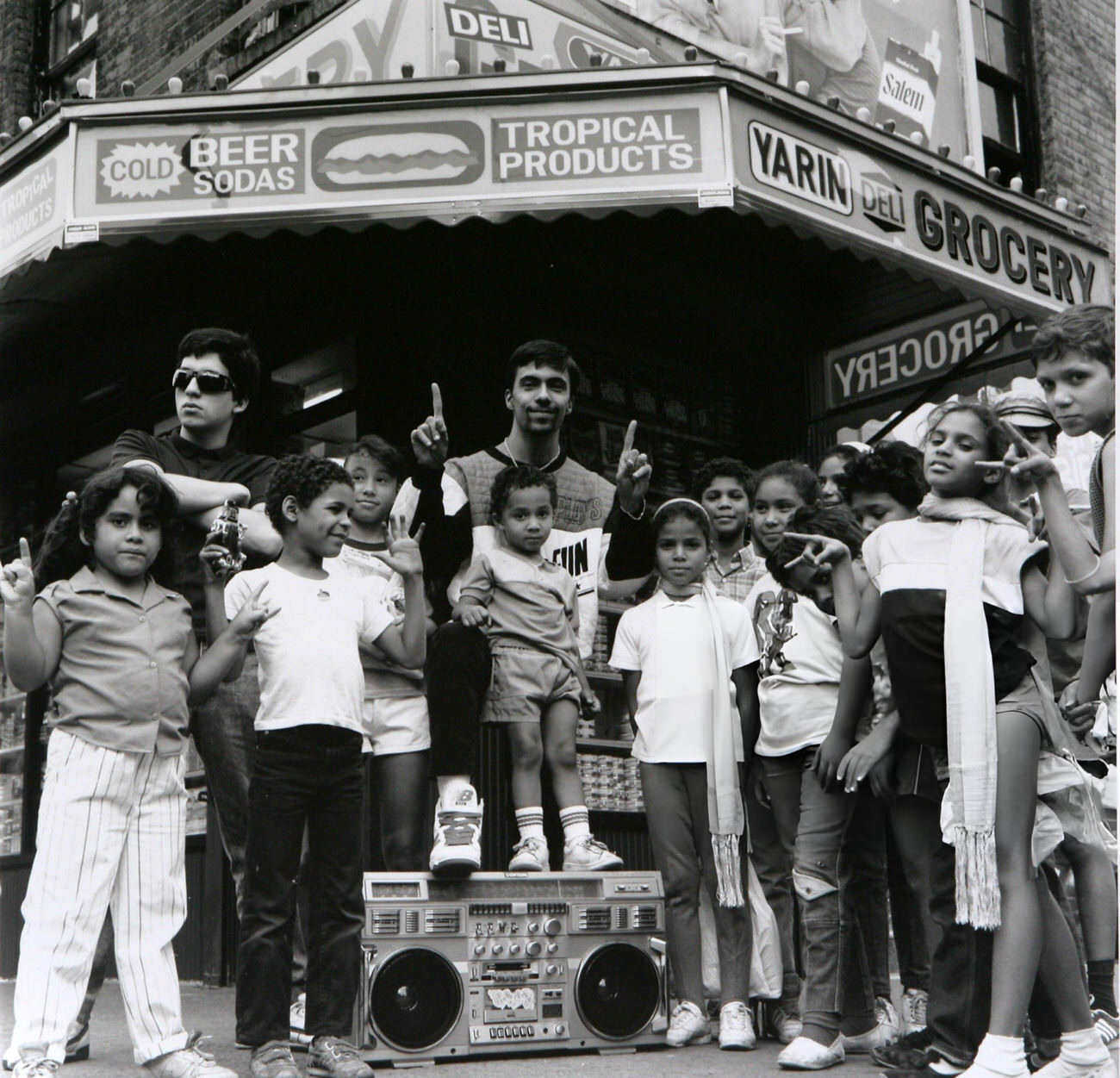

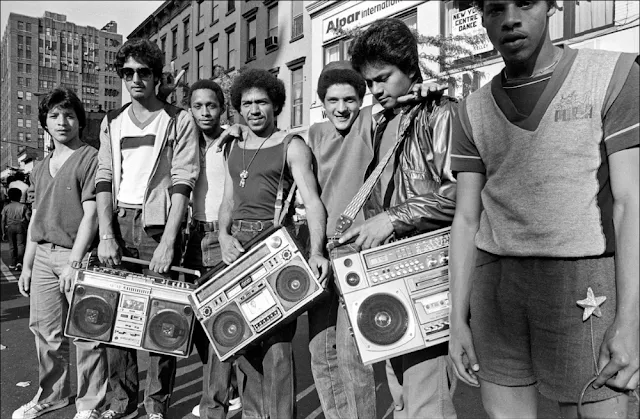
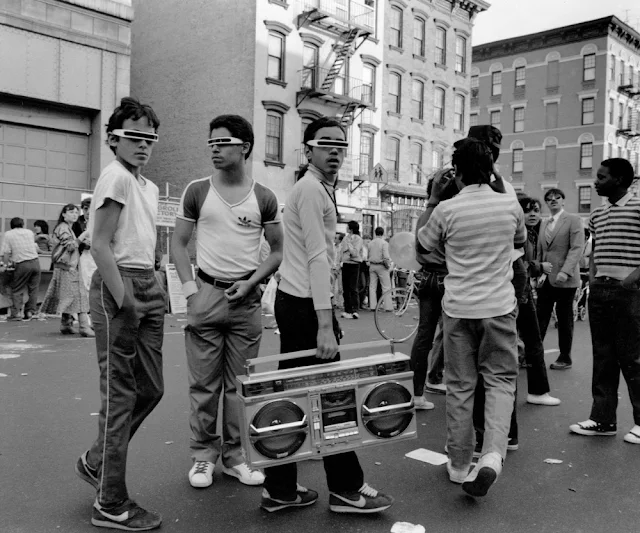
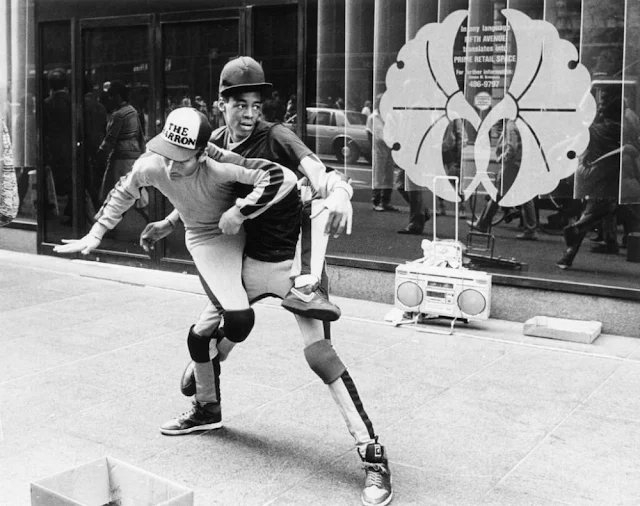
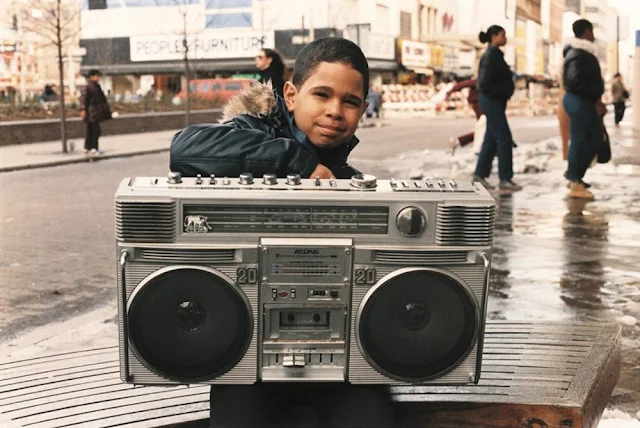
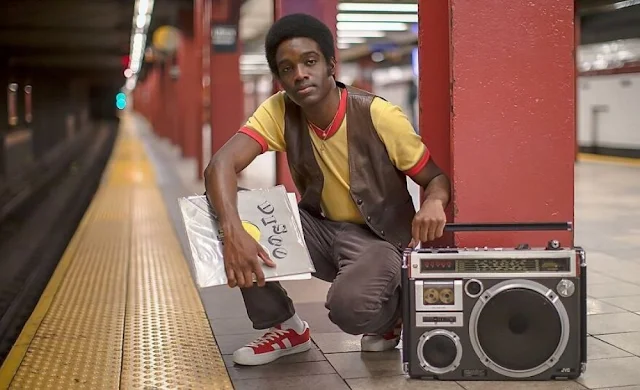
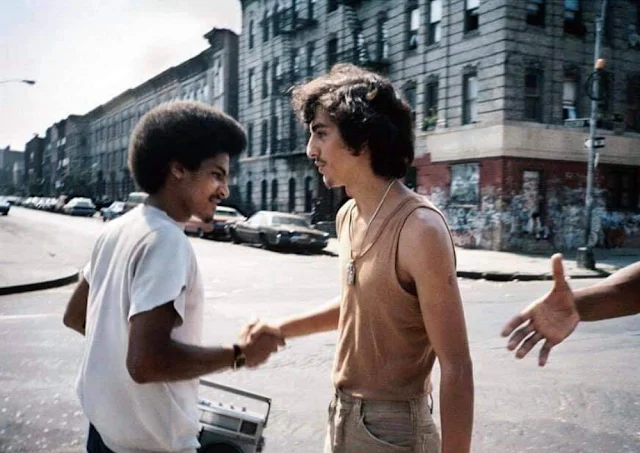
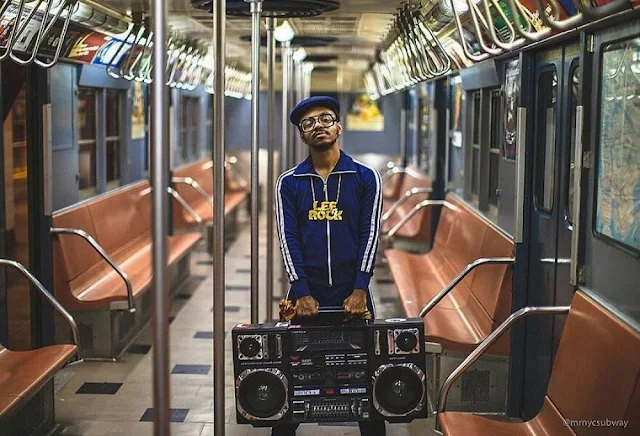
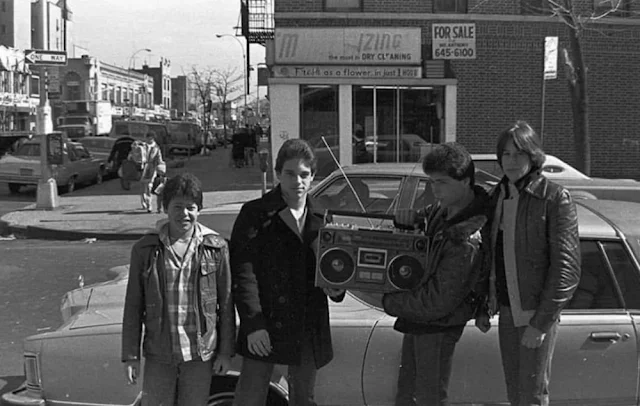
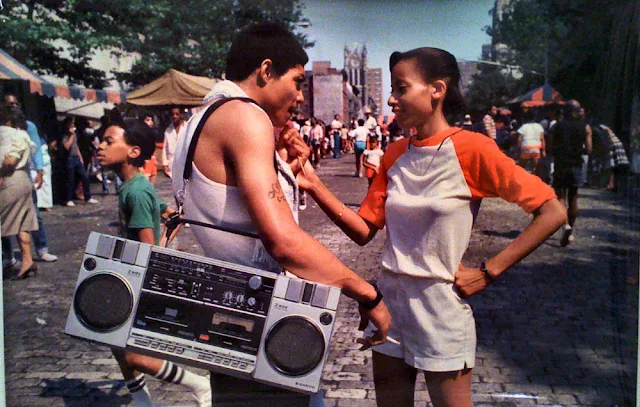
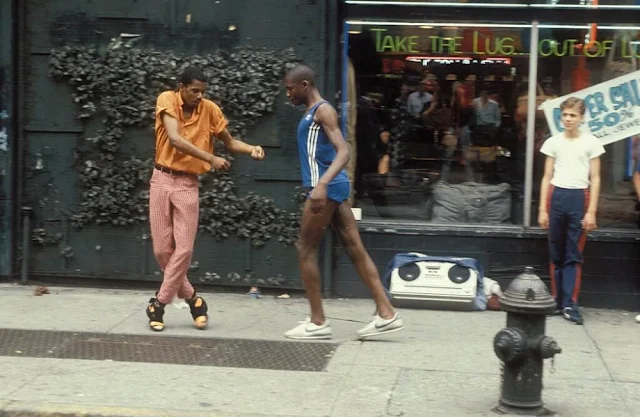
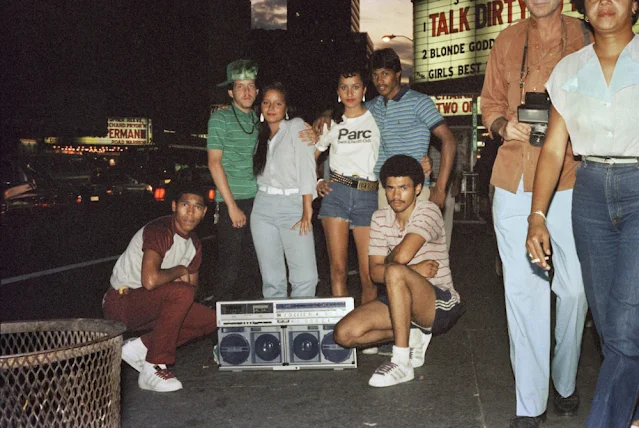
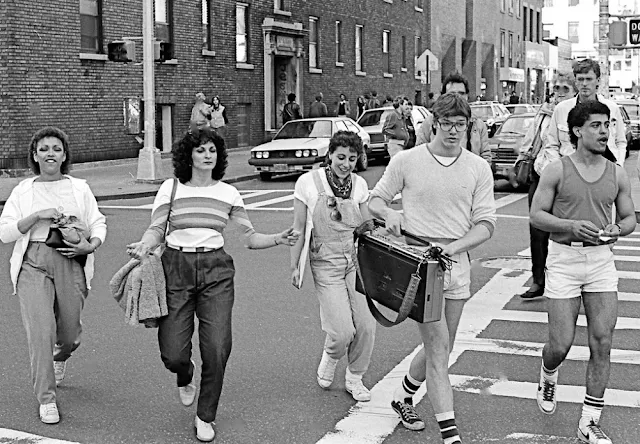
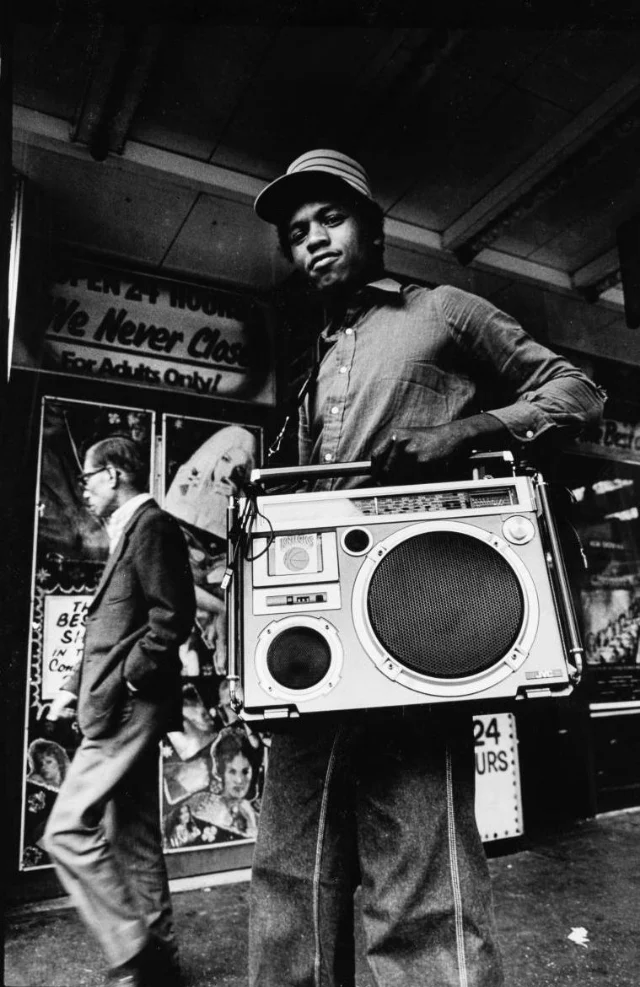
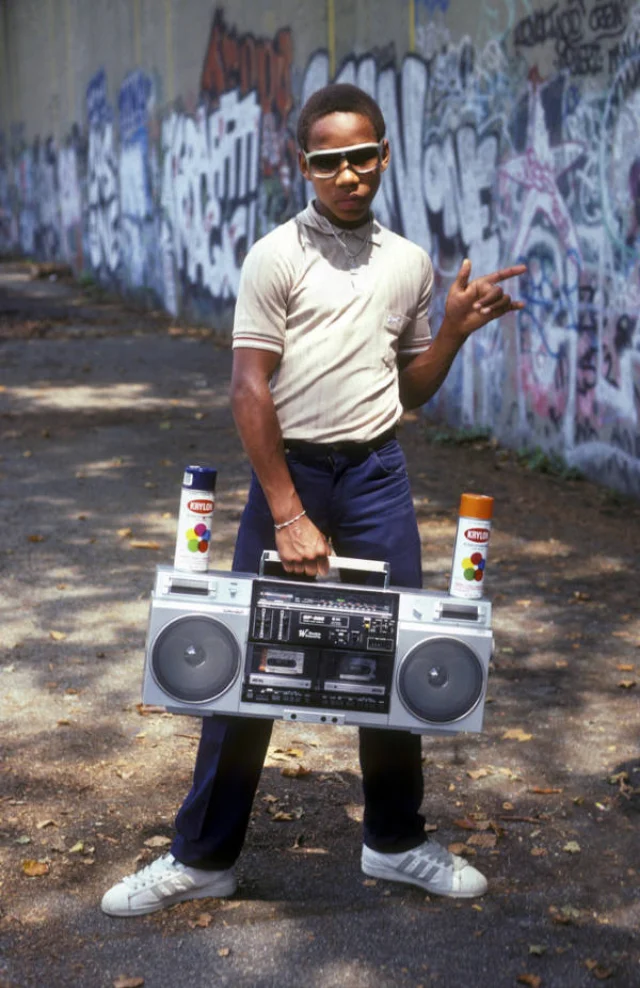
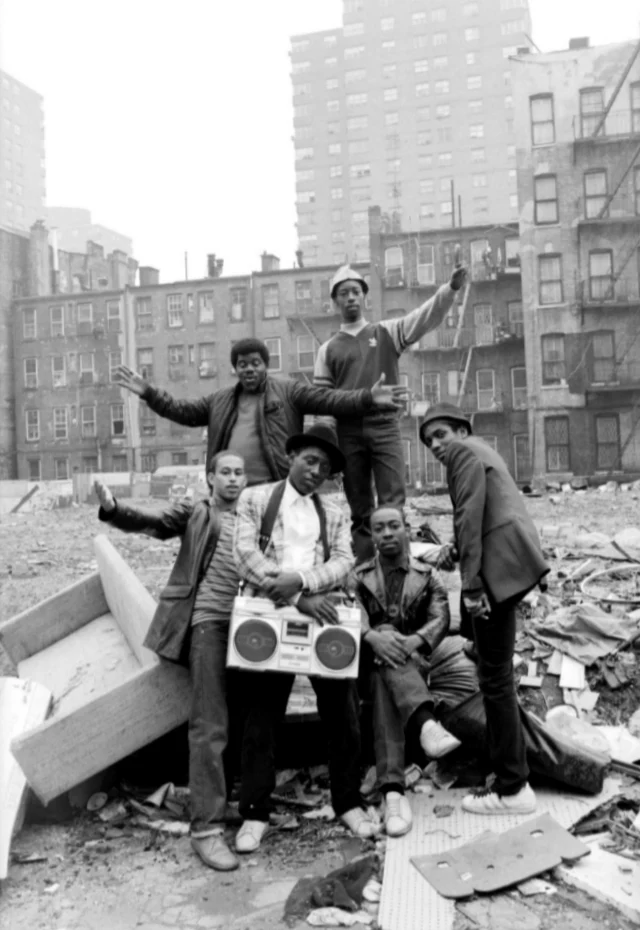
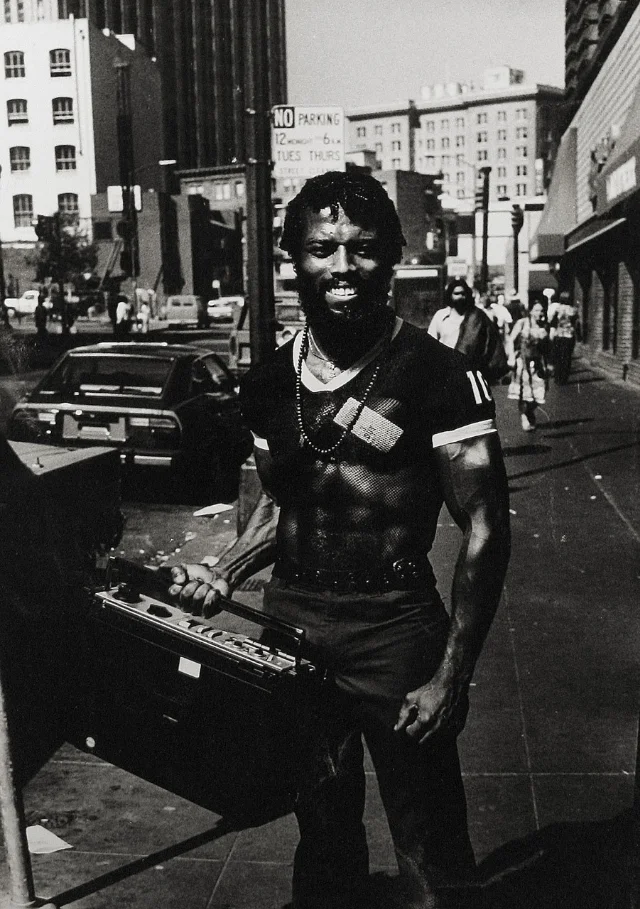

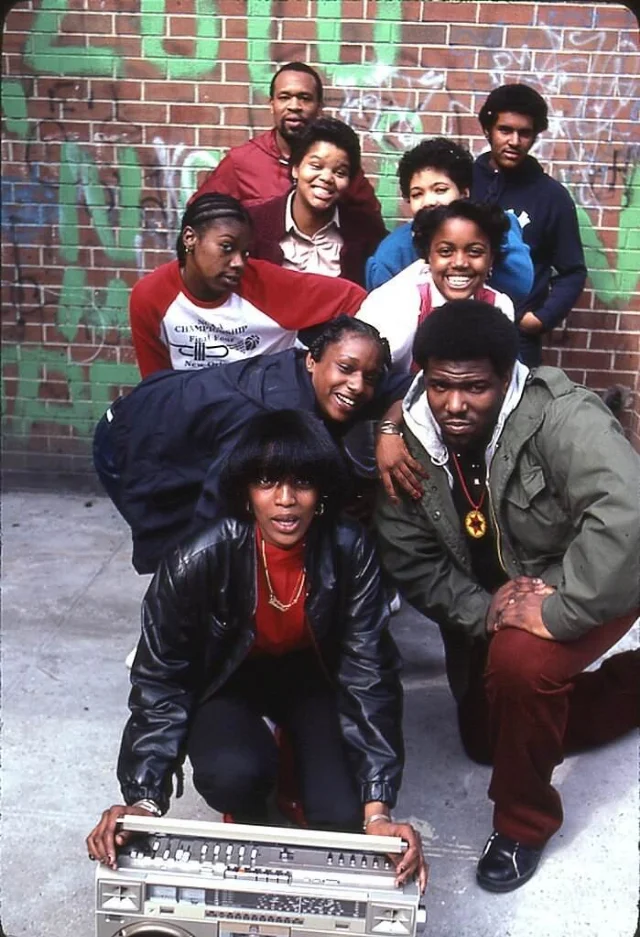
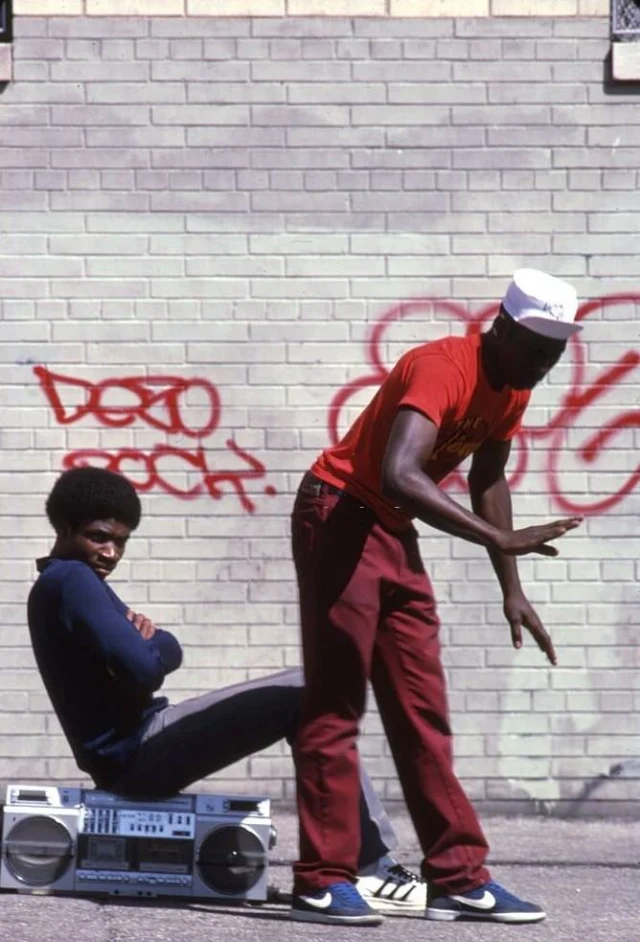

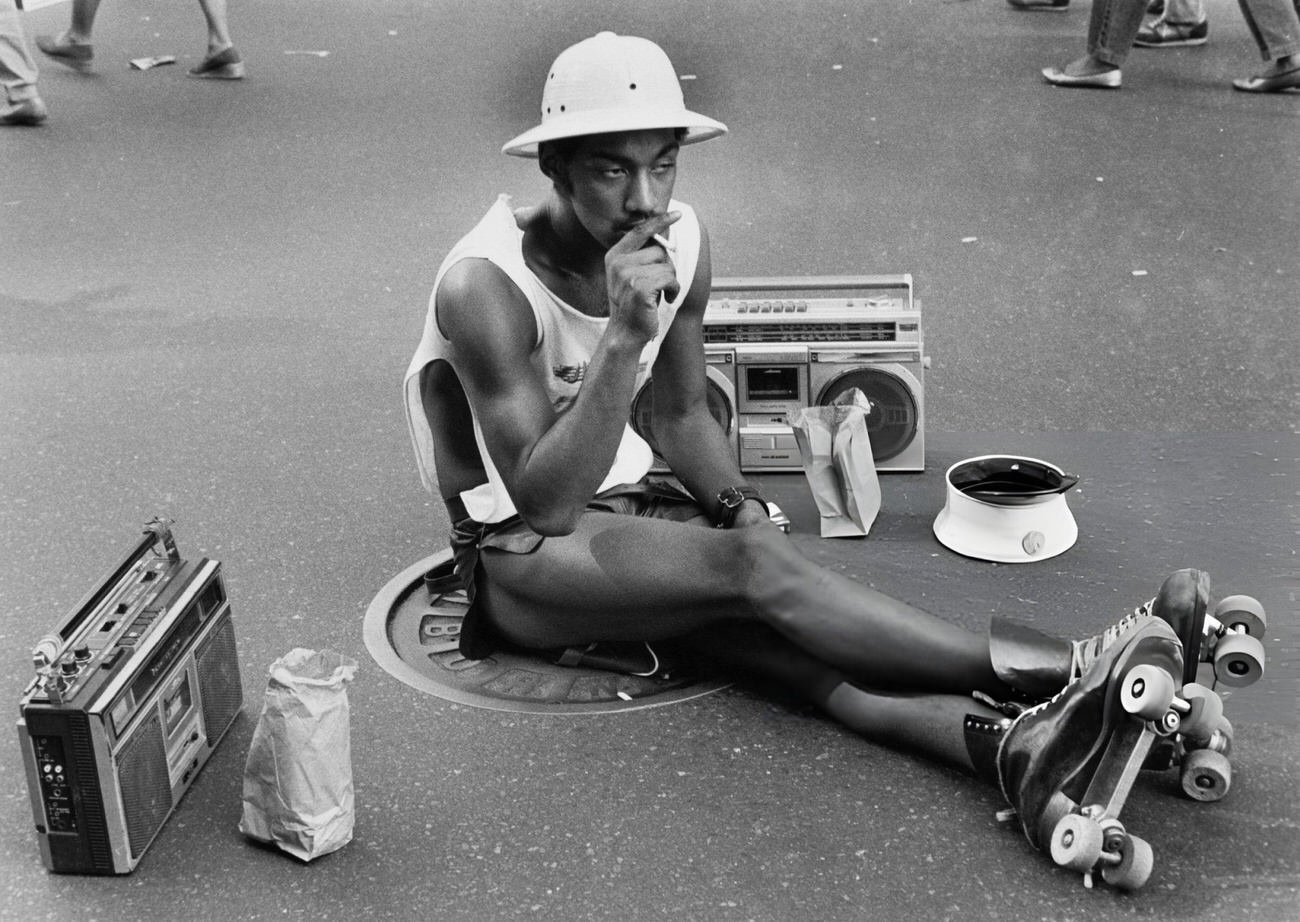
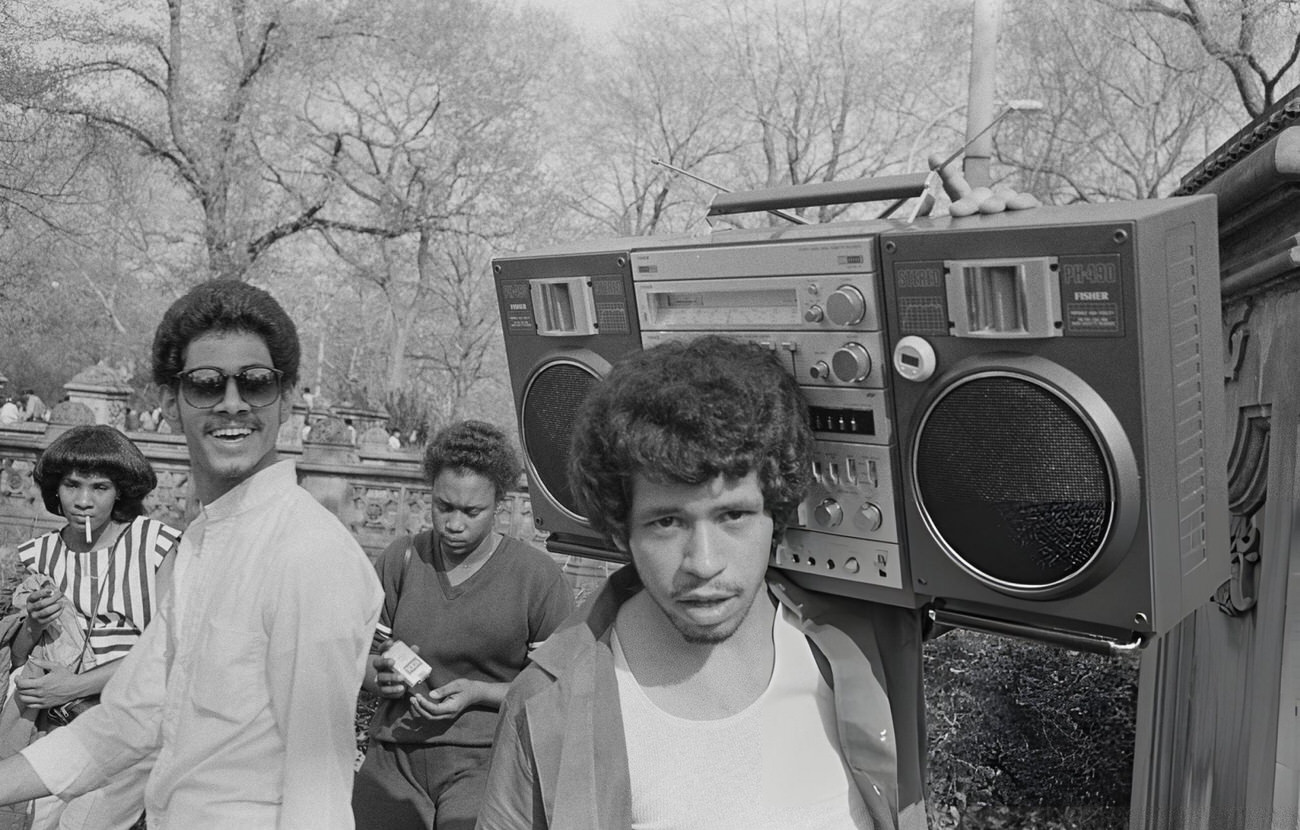
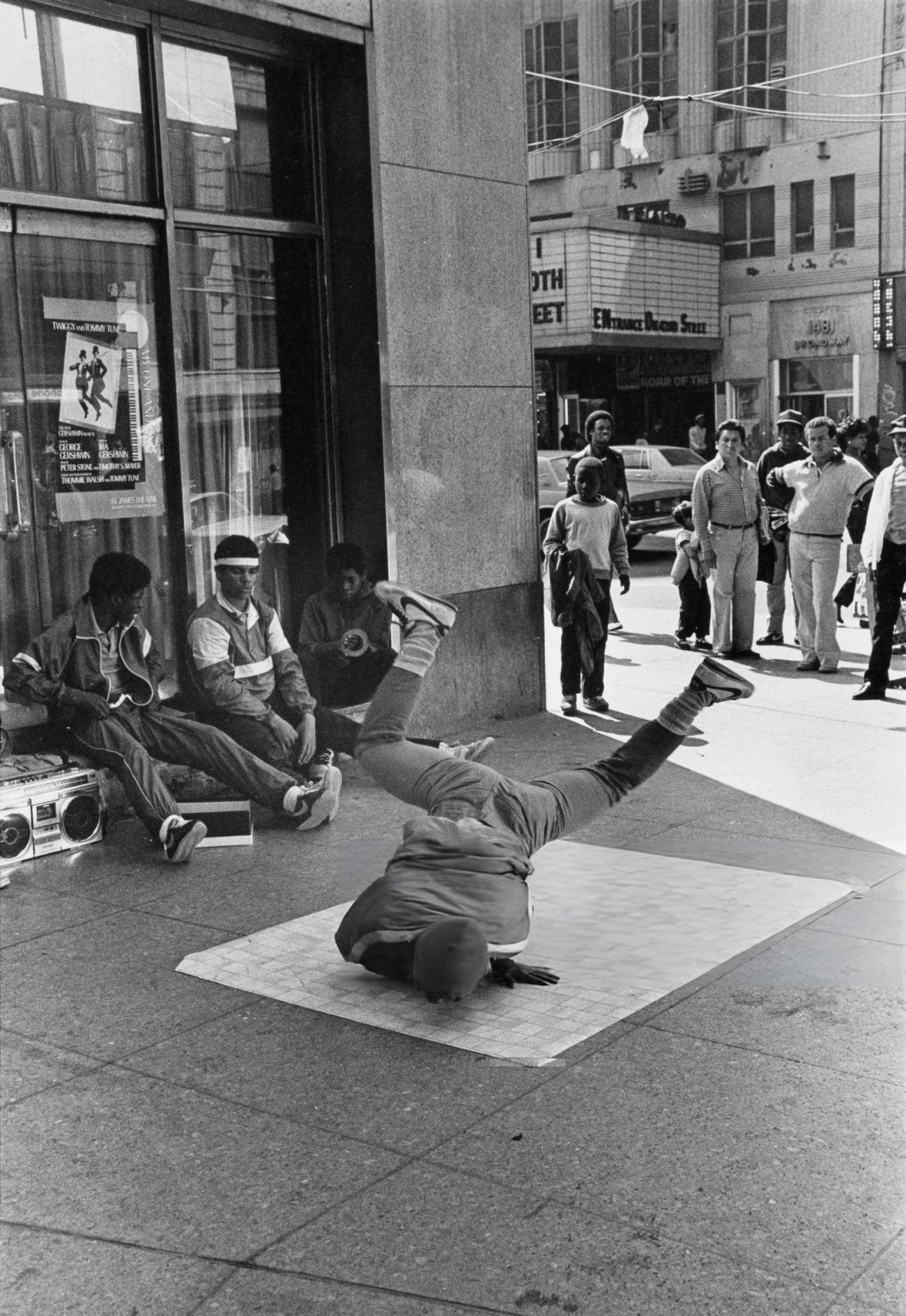
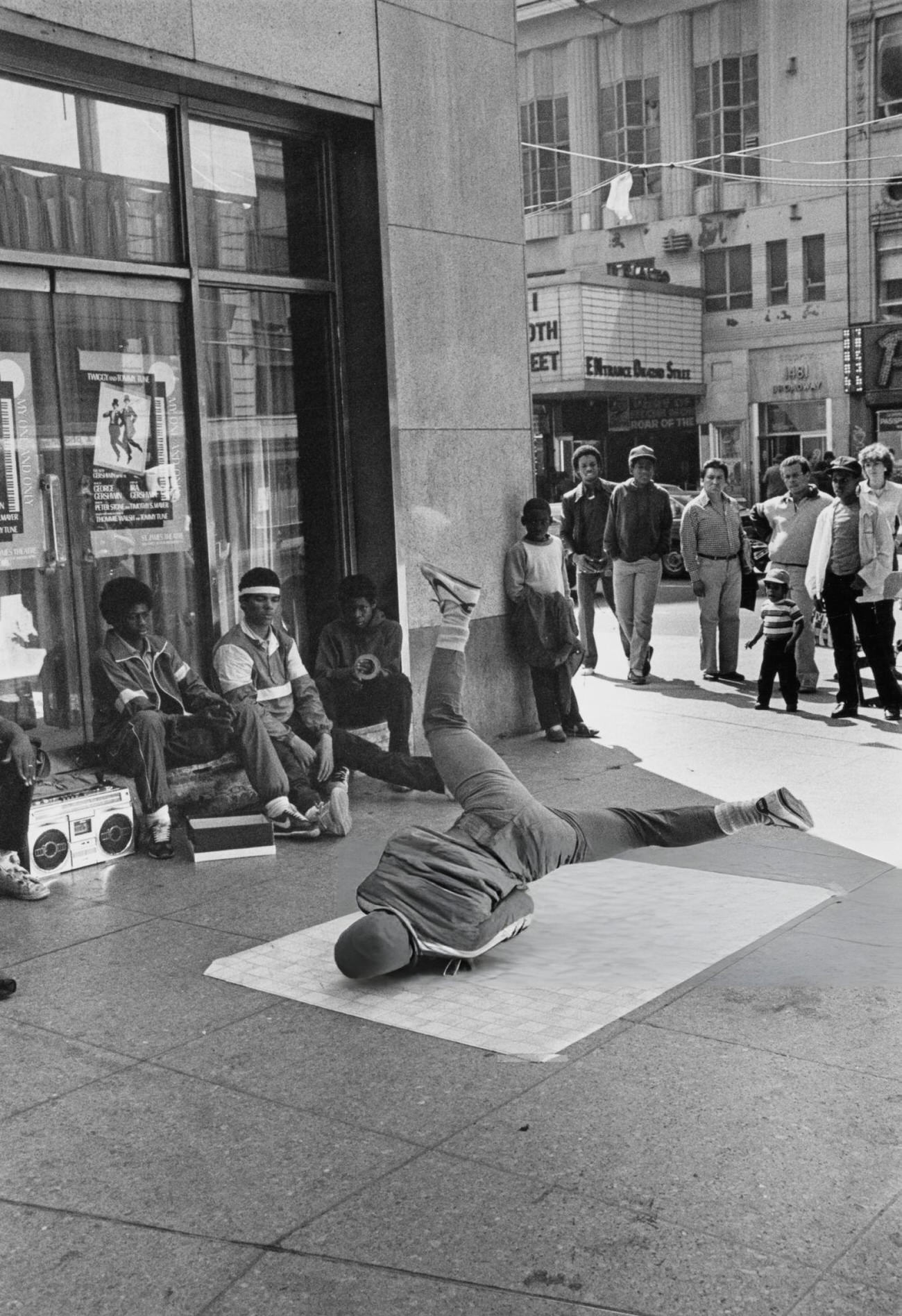

GIPHY App Key not set. Please check settings